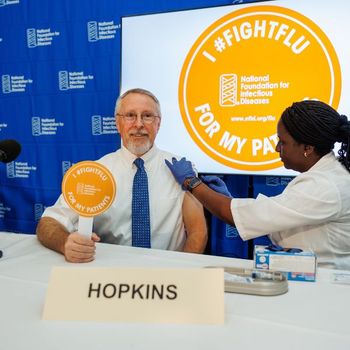
WHO: Government, Individuals Must Unite to Improve Health
GENEVA - Officials at the World Health Organization (WHO) state in their annual report that health risks can be minimized with collaboration.
The report shows the top 10 risks for poor health globally are: childhood and maternal underweight; unsafe sex; high blood pressure; tobacco; alcohol; unsafe water; sanitation and hygiene; high cholesterol; indoor smoke from solid fuels; iron deficiency and overweight/obesity. These risks account for more than one-third of the 56 million annual deaths worldwide.
Health problems vary by socioeconomic status. Children in developing countries often are born underweight from malnutrition in-utero. WHO officials estimate 170 million children are underweight from lack of food. In comparison, more than 300 million adults in industrialized countries are obese.
Cost-effective interventions to prevent the aforementioned risk factors can increase life expectancy by 10 years in developing nations and by five years in industrialized countries.
For more information, visit:
Newsletter
Stay prepared and protected with Infection Control Today's newsletter, delivering essential updates, best practices, and expert insights for infection preventionists.






